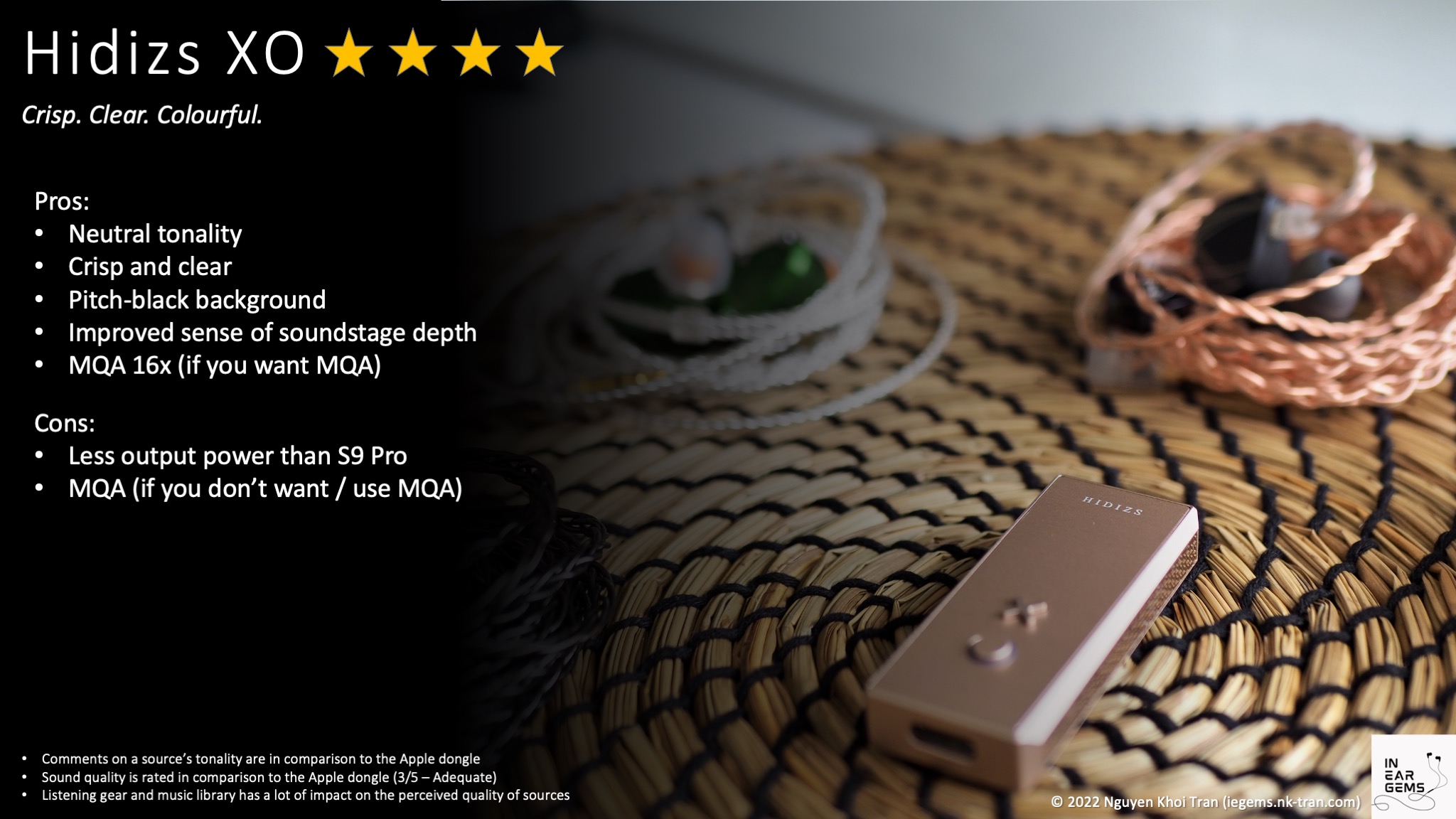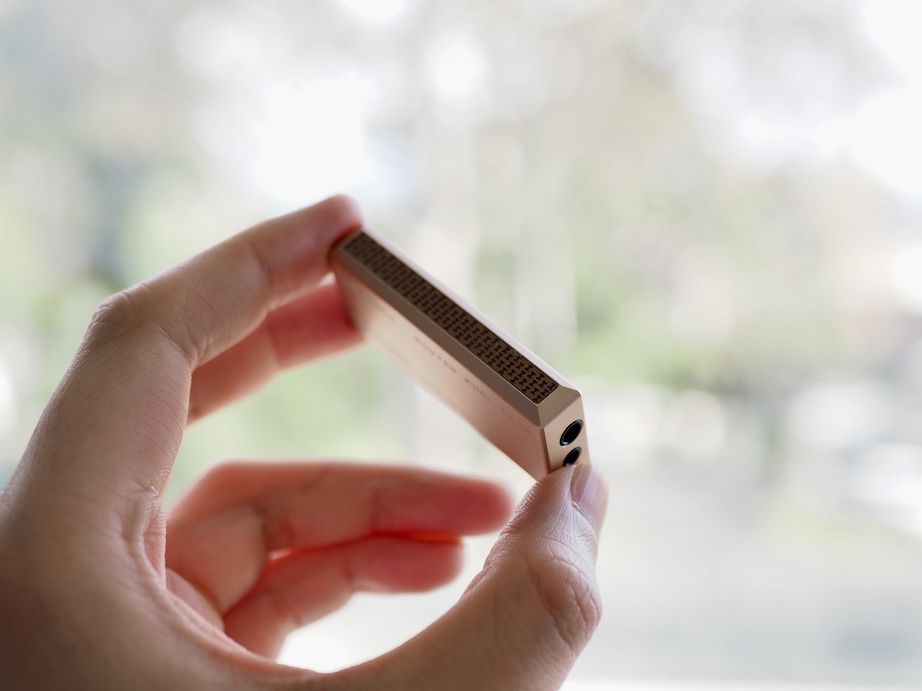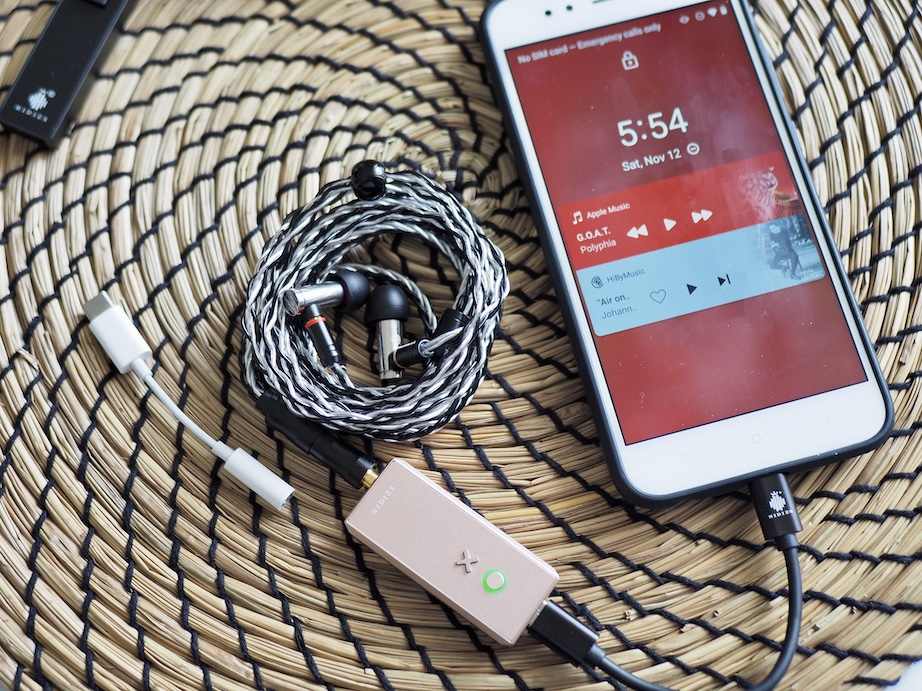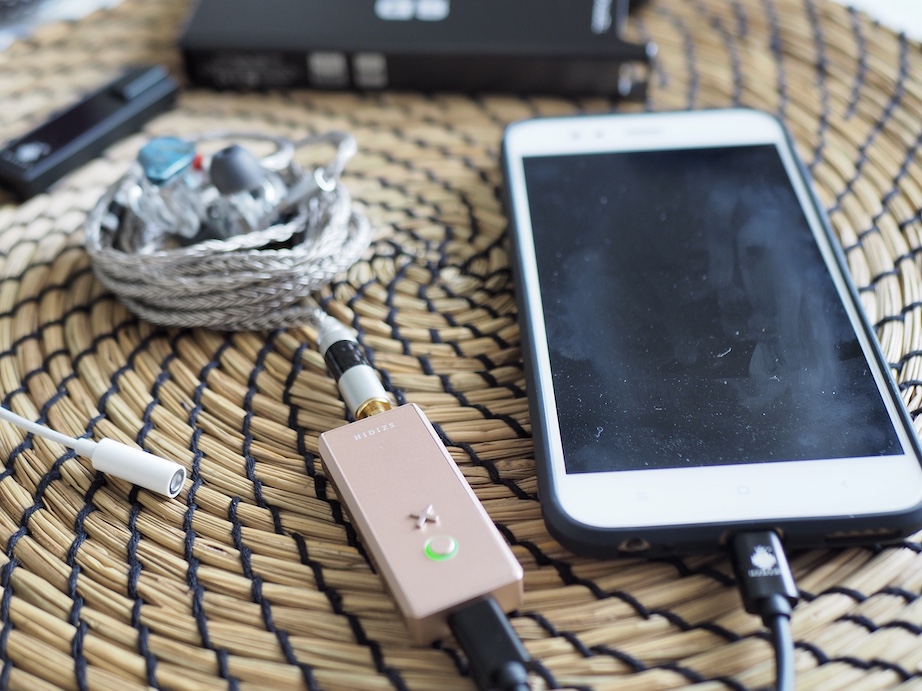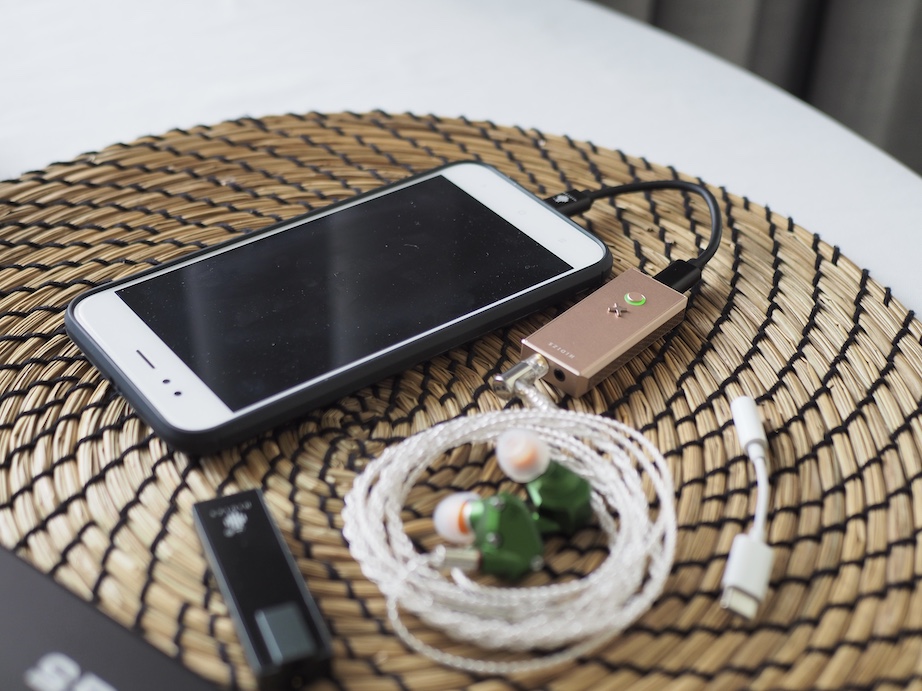Hidizs XO - Crisp. Clear. Colourful
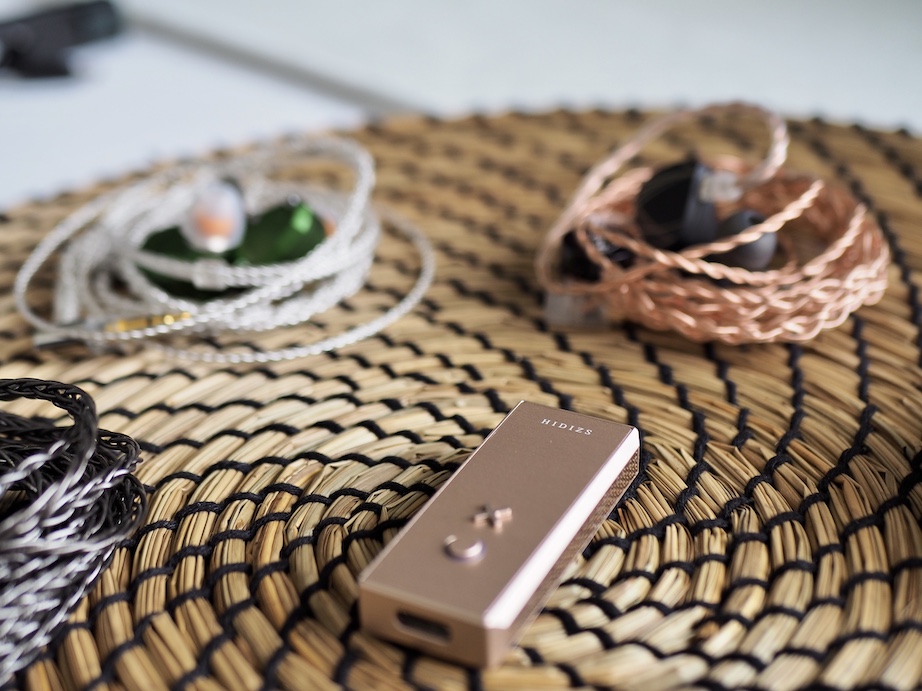
That was my question when I heard about the latest dongle DAC/AMP from Hidizs, the XO. Why do they release another dongle when they already have the excellent S9 Pro? Why do they reduce the output power compared to S9 Pro? Why do they make RGB light strips the key selling point?
I was not left wondering for too long. Now that I have spent a solid amount of time with XO and run it through all kinds of A/B tests, let me tell you about this colourful dongle.
Preambles:
- I use the term “source” to denote a DAC + Amp combo.
- Sources do not make sounds. Therefore, when I say sources “sound” a certain way, I talk about the change they make to my IEMs and earphones.
- I want my music to be crisp, clear, well-separated and form a 3D soundstage around my head. Sources that intensify those characteristics of my IEMs are considered “better”.
- This review is based on my subjective experience. Ratings are given based on A/B tests with benchmark sources and IEMs.
- Making loud noises does not mean that a pair of IEMs or earphones are driven to their full potential.
- Despite my textual descriptions, improvements from sources are minor and nuanced. If you are beginning your head-fi journey, getting different IEMs or earphones would yield more benefits. If you know your gears very well, improvements from sources can be delightful.
- The XO used for this review was a preproduction sample provided by Hidizs (Thank you!). The unit is retailed for $99 and can be found on Hidizs official store (non-affiliated link)
Specs:
- DAC Chips: ES9219C x 2
- Output ports: 3.5mm (Single-ended) and 2.5mm (balanced)
- Single-ended output power: 78mW@32ohm per channel
- Balanced output power: 195mW@32ohm per channel
- Recommended impedance: 8 - 250ohms
- MQA support: 16x
Handling and Usability:
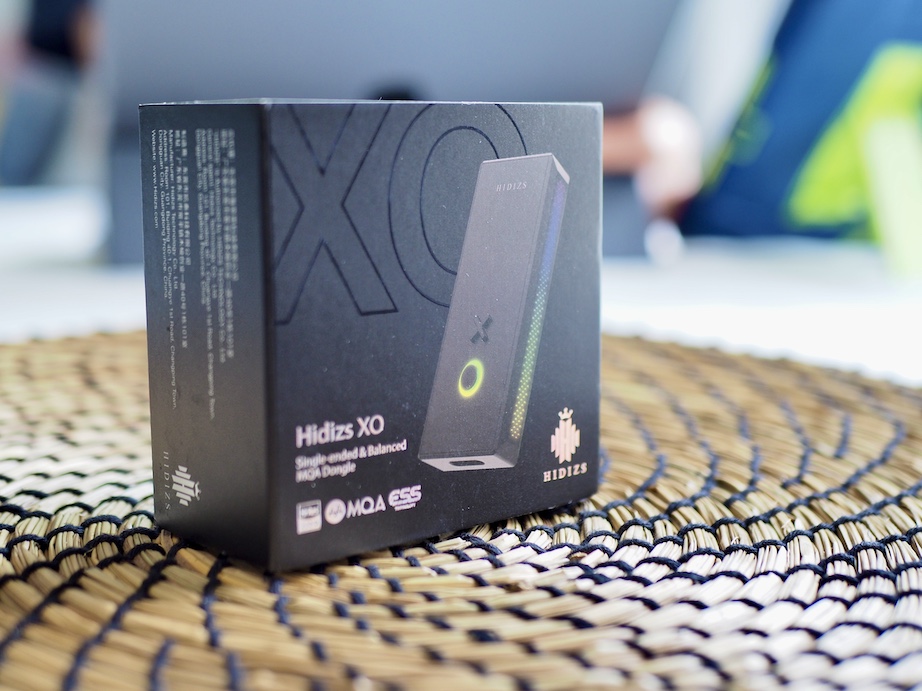
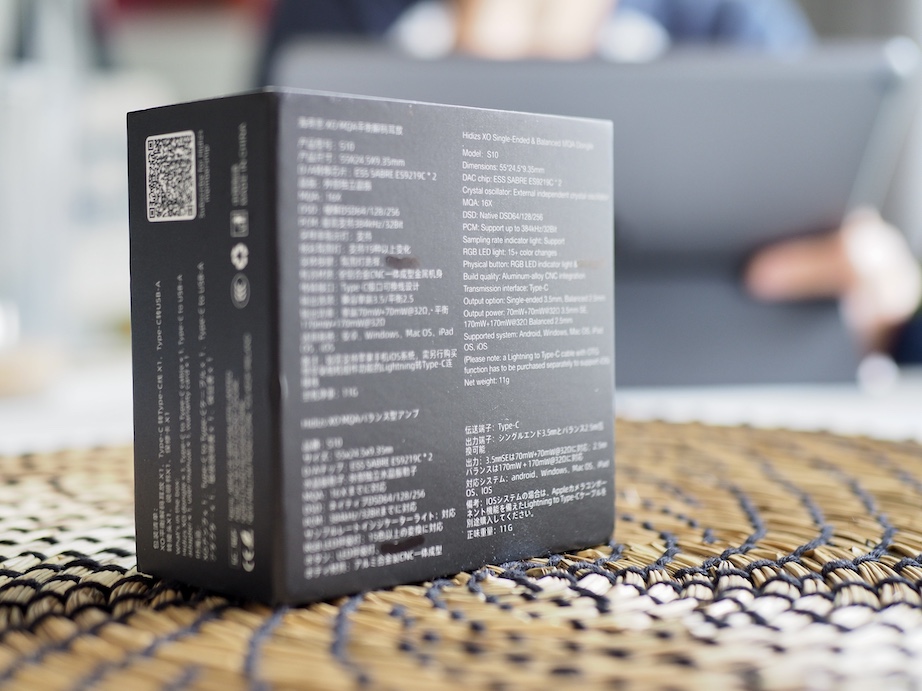
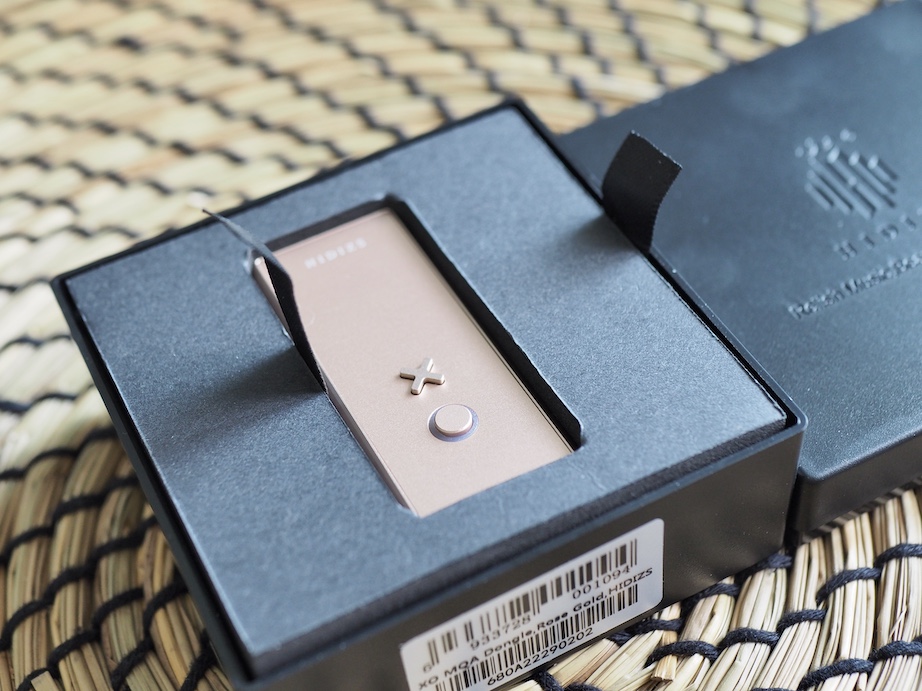
XO is a small metal box with two buttons (X and O) and two grills on the sides that cover the RGB strips. The glass panels of the S9 Pro have been replaced by metal panels with a matte finish. I prefer this design because I no longer have to worry about smudges and scratches.
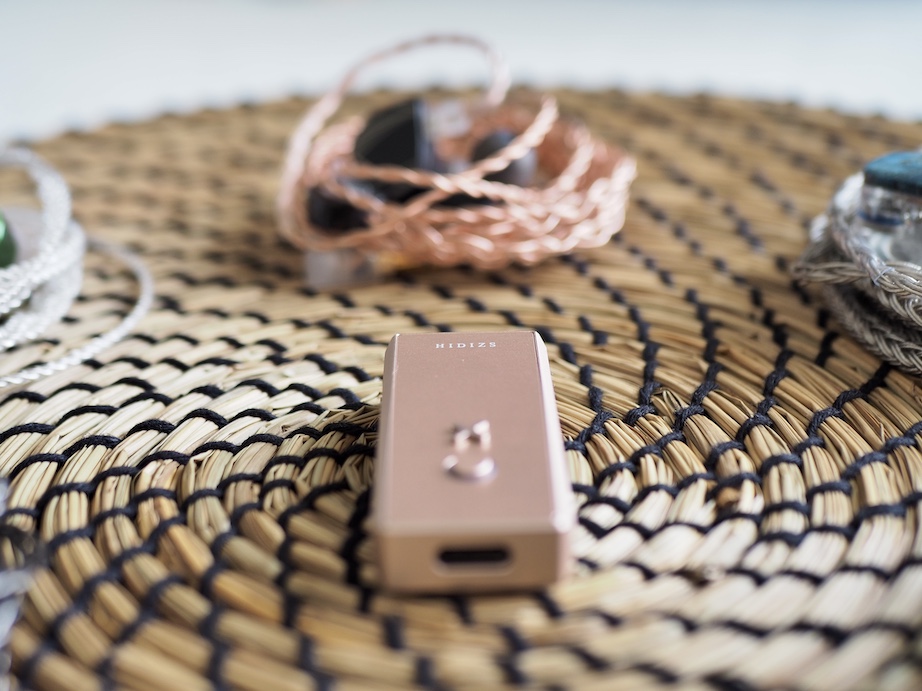
The X button controls the RGB lights. There are about a dozen lighting effects for you to fidget with when listening to music. Unfortunately, the dongle does not remember your lighting setting, so you must find your favourite effect again any time you connect the dongle.
 The O button displays the type of file being played. You also use this button for cycling through the available DAC filters. These filters produce slight differences in the reproduction of high frequencies (I mean it when I use the word “slight”).
The O button displays the type of file being played. You also use this button for cycling through the available DAC filters. These filters produce slight differences in the reproduction of high frequencies (I mean it when I use the word “slight”).
- The blue filter makes the treble a bit sharper. For instance, the E string of violins would sound sharper and more “bitey”. This effect can translate to a slightly clearer sound signature.
- The red filter rolls off the treble a bit, making high notes rounder and less bitey. This sound reminds me of the slightly rounded treble presentation I adore with S9 Pro.
Sound Performance
Gears for A/B tests:
- Moondrop Blessing 2 (22ohm, 117dB/Vrms)
- Campfire Audio Andromeda 2020 (12.8ohm, 112.8dB/mW)
- Final Audio E5000 (14ohm, 93dB/mW)
- Apple USB-C to 3.5mm dongle
- Hidizs S9 Pro
- Topping G5
Playlist for A/B tests: IEGems Playlist
XO is neutral, crisp, and clear, with a pitch-black background and enhanced soundstage depth. By neutral, I mean XO does not noticeably change the connected IEMs’ response. You would not hear your IEMs slightly shift toward a warm and mellow sound like you would with a Shanling device, such as UP4. At the same time, you wouldn’t hear emphasized high notes and deep bass like you would with Fiio KA3. If I am very nitpicky, I would say XO sounds slightly brighter than the Apple dongle.
XO sounds crisp and clear, meaning that music notes such as individual bowing in a complex violin phrase are crisp and separate. The good thing is that XO does not boost or highlight the treble to achieve this improved “resolution”. You can further fine-tune the treble presentation of XO with the included filter options as I described above.
Speaking of S9 Pro, how does XO compare to the previous dongle by Hidizs? I say XO has a more refined but less “weighty” sound. The signature pitch-black background and the illusion of enhanced soundstage depth of the S9 Pro also exist on XO. The improvement XO brings to the table is resolution. What XO takes away is a bit of weight and body in the bass notes. The lower output power also reduces XO performance when facing difficult-to-drive IEMs and headphones.
Average IEM and earphones (4/5)
The first test of any portable source is whether it offers something extra compared to the plain old Apple dongle when driving a regular pair of IEM or earphones. For this test, I rely on the trusty Moondrop Blessing 2 IEM and G.O.A.T. by Polyphia.
Yup, Blessing 2 sounds better with XO than the Apple dongle (3/5). As always, the difference is not day and night. However, in back-to-back A/B tests, Blessing 2 sounds duller, less punchy, and less engaging with the Apple dongle. The stand-out difference is the sense of depth. XO shows a more substantial separation between foreground and background elements on the soundstage. It brings closer elements closer and pushes background elements, such as the blip sounds around 1:30, further from you. Bass is also “tighter” with XO, meaning the attack of bass notes is sharper, and the decay is shorter. The texture of the sound, such as the “brrrrm” sound from 0:26, is also crisper with XO.
How does XO compare with S9 Pro (4/5)? I say they sound almost identical. In back-to-back A/B tests, I feel like I am hearing the same DAC/amp. Whenever I hear more midbass or clarity with XO, the difference disappears when I swap back to S9 Pro.
How about the G5 (4.5/5)? I hear a larger soundstage with instruments spreading further apart with G5. However, the difference is not day and night. If you want to pursue the diminishing return, G5 is good. Otherwise, S9 Pro or XO get you nearly there when using regular IEMs and earphones.
Low-impedance, high-Sensitivity IEM (4/5)
The second test of any portable audio source is driving low-impedance, high-sensitivity IEMs. In theory, these IEMs should be very easy to drive. In practice, they demand high-quality sources with low noise, low output impedance, and a high limit on the electrical current. For this test, I rely on the notoriously sensitive Andromeda 2020.
How does XO deal with Andromeda? Excellent, just like its predecessor S9 Pro. The background is pitch black with zero noise. This pitch-black background makes music notes pop, creating an excellent sense of depth and separation.
How does XO compare to the Apple dongle? Noticeably crisper with better depth and layering. Using the G.O.A.T. as a test track, I can hear the soundstage arranged in layers from closer to further away with XO. With the Apple dongle, the soundstage does not form strong layers but is more like a wide but flat picture. Another improvement of XO is clarity and separation. For instance, at 2:33, when the foreground elements of the mix get loud and busy, I can still “hear through” the foreground to reach the background with XO. These background elements themselves sound like they come from further away from me, which helps increase the sense of depth.
The difference between XO and S9 Pro is less extreme but still noticeable with back-to-back A/B tests. The first difference is in the smoothness of both lower-treble (around 5kHz) and mid-treble (around 8kHz). Simply put, high-pitched peaks, such as loud cymbals, sound slightly rounded off and thus less harsh on S9 Pro than XO. Vice versa, you might also say XO is more “crisp” or energetic than S9 Pro. Another difference in the treble region is that I hear more treble “air” with S9 Pro. The low end of the S9 Pro also sounds thicker and punchier than XO.
So which one is better? It is a matter of taste. XO and S9 Pro play more or less on the same field.
Low-impedance, low-sensitivity IEM (3.5/5)
When I looked at the specs sheet of XO, my primary concern was the reduced maximum amplification output over both balanced and single-ended output compared to S9 Pro. Whilst this reduction was not very noticeable with regular IEMs, it is very apparent with difficult-to-drive stuff, such as the notorious Final Audio E5000. Refrain from letting the low impedance of E5000 trick you. Its low sensitivity brings most dongles down on their figurative knees.
To be clear, it’s not that dongles cannot bring loud volume out of E5000. Even an Apple dongle at about 80% volume can make the midrange of E5000 loud. However, E5000 sounds muddy and congested with boomy bass if the amp cannot supply the necessary electrical current. When powered by desktop-class amplifiers, such as Topping G5, the tonality of E5000 becomes brighter, and its bass becomes tight and sub-bass focused. Its soundstage also becomes large and almost surrounding.
So, how does E5000 sound with XO?
Firstly, XO outperforms the Apple dongle noticeably. In rapid back-to-back switching with the test track G.O.A.T., I hear a more airy and separated presentation with a sharper and cleaner bass line with XO. Everything sounds duller and more congested with the Apple dongle, even at the airy part of the track around 1:00.
With the excellent results against the Apple dongle, I had great expectations for XO’s subsequent tests against S9 Pro and G5. Unfortunately, there was no surprise. Even via balanced output, XO cannot drive E5000 to the level of the powerful amplifiers. In back-to-back tests, XO sounded thick and stuffy, though the background elements were audible and crisp. I also found that XO requires significantly more volume than S9 Pro (2/3 vs 1/3).
Conclusion
XO is a good DAC/AMP dongle. It sounds crisp, clear, and natural whilst maintaining that pitch-black background and enhanced soundstage depth signatures of its predecessor, the S9 Pro. However, it does not achieve above and beyond the limit of a USB dongle.
Should you get XO? Perhaps not if you already have another dongle of the same class (dual DAC with balanced output). Instead, you should save for powerful, battery-powered DAC/AMP with desktop-level performance. However, if the Apple dongle is all you have and you are itching for an upgrade, XO is a compelling option in its price bracket.
